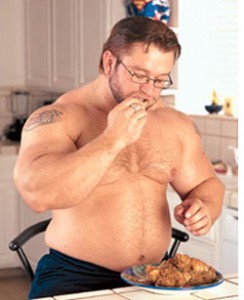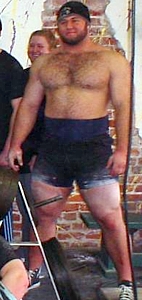Originally posted by talalelh15
View Post
Jij beweert dus dat ik nog steeds vet zou verliezen als ik kilo's havermout, pasta, tonijn, kip, etc ga eten?
Zou dat niet eerder met kcal waarde te maken hebben ipv clean eten?








Comment